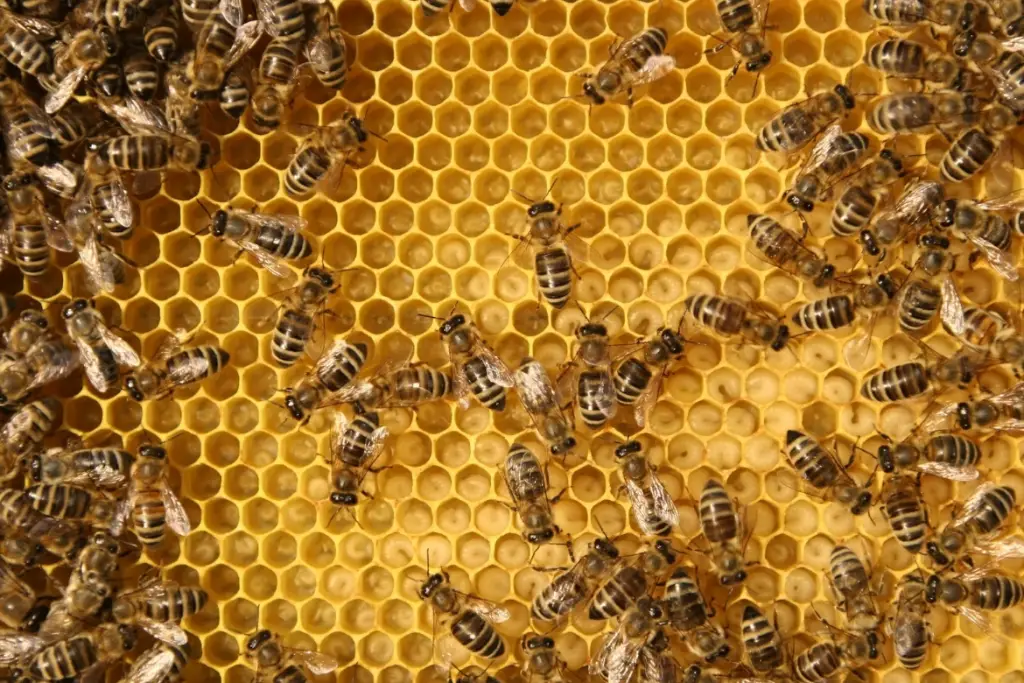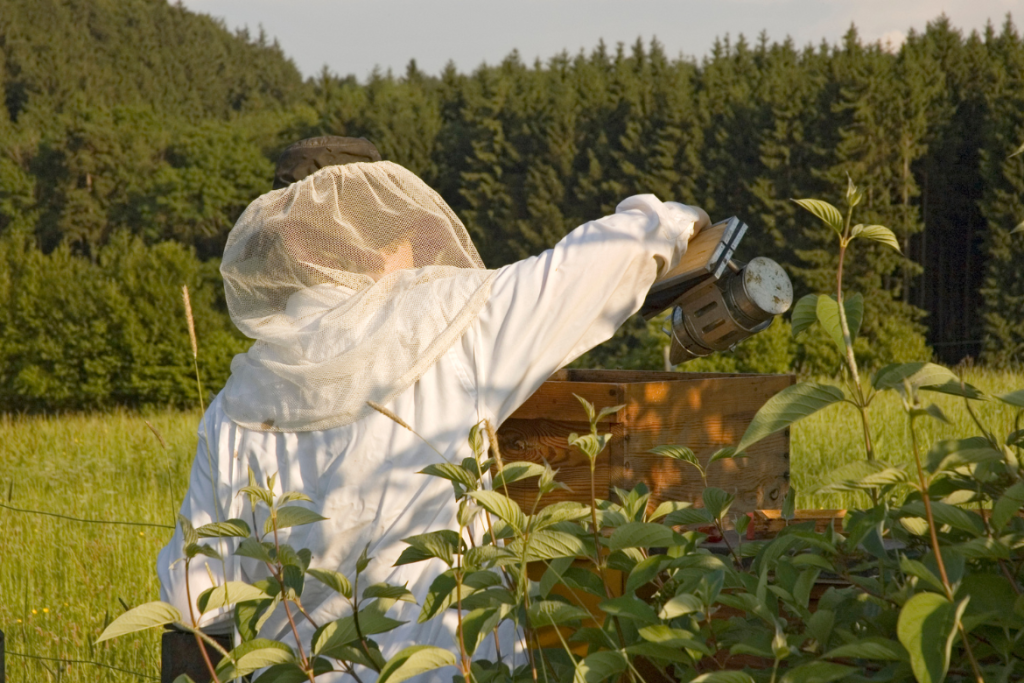Beekeeping, often regarded as an art, a science, and a labor of love, demands unwavering dedication from practitioners, whether they’re nurturing a few backyard hives or managing extensive commercial operations. Amid the rewards and challenges, a common concern echoes among beekeepers: Can they truly embark on an extended vacation without risking the health and harmony of their buzzing colonies? This article seeks to answer that pivotal question affirmatively by delving into the delicate balance between beekeeping and leisure.

Yes, beekeepers can indeed go on extended vacations with careful planning and strategic hive management. Our exploration goes beyond the surface, offering strategic insights and empowering beekeepers with the tools to seamlessly integrate extended breaks into their commitment to these vital pollinators. From meticulous planning and adept hive management to harnessing technology and the collaborative strength of fellow beekeepers, we navigate a comprehensive approach. The focus is clear—to guide beekeepers in preserving their dedication to these remarkable creatures while indulging in well-deserved moments of respite. This article serves as a resounding “yes” to the question of whether beekeepers can go on extended vacations, providing guidance to make that possible without compromising the well-being of their colonies.
A Guide To Taking a Vacation From Your Bees – What Steps Should You Take?
Step | Task | Details and Considerations |
|---|---|---|
1 | Conduct a thorough inspection of the hive’s exterior and interior. Look for signs of disease, stress, or abnormalities. Inspect brood frames for the health of larvae, pupae, and capped brood. | |
2 | Utilize monitoring tools to assess varroa mite levels. High mite counts can weaken the colony, so implementing timely treatments is crucial. | |
3 | Weigh the hive to gauge honey stores. Ensure the hive is sufficiently heavy, indicating an ample supply for the colony during reduced foraging activity. | |
4 | Provide supplemental feeding with sugar syrup or fondant to fortify carbohydrate reserves. Evaluate the need for pollen substitutes to stimulate brood rearing. | |
5 | Inspect the hive for queen cells regularly, removing them promptly. Ensure adequate space by adding supers. Optimize hive conditions for ventilation to discourage swarming tendencies. | |
6 | Choose Optimal Vacation Timing | Select periods of lower hive activity, such as late fall or early winter, aligning with the colony’s natural shift towards winter preparation. Consider local climate conditions and natural forage abundance when planning your vacation. |
7 | Utilize hive monitoring technology for remote observation. Devices can include temperature and humidity sensors, as well as live video feeds. | |
8 | Establish a support system with local beekeeping peers. Collaborate to check on each other’s hives during vacations, ensuring experienced care in the beekeeper’s absence. | |
9 | Post-Vacation Hive Inspection | Upon returning, conduct a thorough hive inspection. Look for signs of stress, disease, or unusual behavior. Identify and address issues promptly. |
10 | Gradual Reintegration into Beekeeping Duties | Slowly resume regular duties to minimize stress on the bees. Gradually reintegrate hive inspections, monitoring, and any necessary adjustments. |
Assessing the Hive Health
Conducting a comprehensive hive health assessment before an extended vacation involves a multi-faceted approach. Begin with a visual inspection, meticulously examining the hive’s exterior for any abnormalities, such as dead bees at the entrance, providing crucial clues about potential issues within. Moving on to brood inspection, carefully scrutinize frames for the presence of healthy larvae, pupae, and capped brood. An absence of brood or discolored larvae could serve as early indicators of health problems.

Simultaneously, utilize monitoring tools to assess varroa mite levels, recognizing their potential to significantly impact hive health. Weighing the hive offers valuable insights into honey stores, with a heavier hive being more likely to endure periods of lower foraging activity during the beekeeper’s absence. Additionally, conduct thorough disease checks, addressing common bee diseases like American Foulbrood or Nosema promptly if any signs are detected. This comprehensive evaluation forms the cornerstone of hive preparation, ensuring a resilient and healthy colony capable of thriving during the vacation period.
Timing Matters
When planning an extended vacation, strategic timing plays a pivotal role in mitigating potential disruptions to hive activity. Optimal seasonal considerations involve choosing periods of lower hive activity, such as late fall or early winter, aligning with the colony’s natural shift towards winter preparation. During these times, the hive’s focus on essential tasks reduces the risk of disturbances due to the beekeeper’s absence. Additionally, careful attention to local climate conditions is essential. Selecting a time when extreme weather events are less likely ensures the colony can manage without constant human intervention, fostering a smoother transition during the vacation period. Understanding the typical foraging patterns of the bees is equally crucial. By planning a vacation during periods of natural forage abundance, beekeepers minimize stress on the hive during reduced human presence, contributing to the overall well-being and resilience of the colony.
Hive Management Techniques
Embarking on an extended vacation demands a strategic approach to ensure the hive’s well-being in the absence of the beekeeper. The process begins with a meticulous assessment of the hive’s health—conducting visual inspections, scrutinizing brood frames for signs of disease, and monitoring varroa mite levels. Weighing the hive provides insights into honey stores, allowing prompt intervention if deficiencies are identified. This comprehensive health evaluation establishes a robust foundation for the hive, promoting self-sufficiency during the beekeeper’s break.

To further fortify the colony’s resilience, beekeepers must implement nutritional security and swarm prevention strategies. Supplemental feeding with sugar syrup or fondant ensures ample carbohydrate reserves, while the incorporation of pollen substitutes stimulates brood rearing, fostering a healthy population. Simultaneously, proactive swarm prevention measures involve inspecting for queen cells and providing adequate space through the addition of supers. Optimizing hive conditions for ventilation completes this strategy, reducing the risk of swarming tendencies. The integration of these techniques ensures that beekeepers can enjoy their well-deserved vacations with the confidence that their colonies are well-prepared to thrive in their temporary absence.
Try Networking With Other Beekeepers
Networking with other beekeepers is a crucial element in ensuring the well-being of your colonies when going on holiday. By establishing a support system with local beekeeping peers, you create a collaborative environment where experienced care can be provided in your absence. This network serves as a safeguard, allowing fellow beekeepers to check on your hives, conduct necessary inspections, and address any emerging issues promptly. The reciprocal nature of this arrangement fosters trust and camaraderie within the beekeeping community, ensuring that your colonies receive attentive care even when you are away. Additionally, being part of a beekeeping network provides an opportunity for knowledge exchange, insights into regional hive management practices, and the sharing of valuable tips and tricks. This collaborative approach not only supports the health of your colonies during your holiday but also strengthens the overall resilience of the beekeeping community.

Conclusion
beekeepers can indeed enjoy extended vacations with careful planning and strategic hive management. Beekeeping, being both an art and a science, demands dedication, but it is possible to strike a balance between this commitment and the need for respite. The step-by-step guide outlined in this article emphasizes the importance of assessing hive health, implementing proactive measures, and leveraging technology and community support.
.



